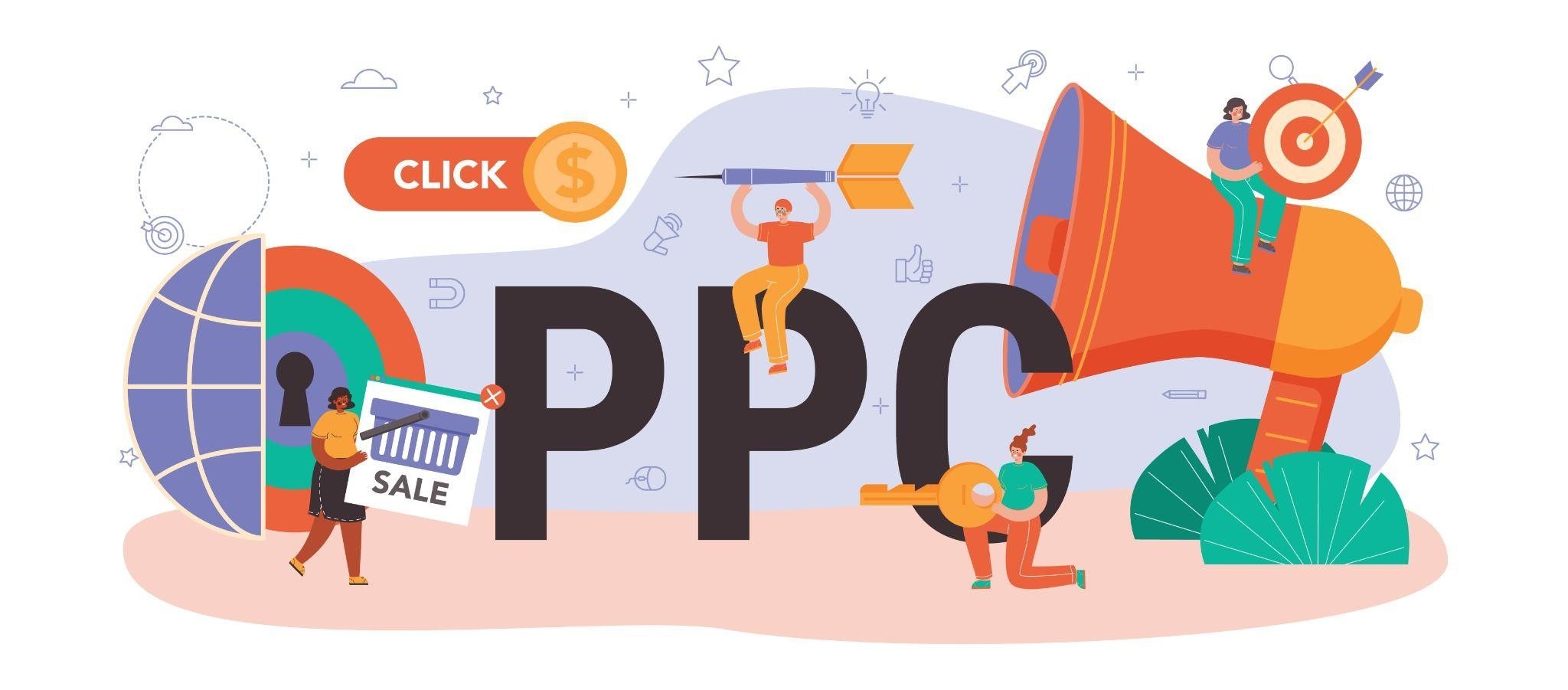Popular Digital Promotion Strategies
Content Promotion

Content marketing aims to get your business in front of your audience through education rather than explicit selling. By promoting content related to your niche, you will increase your online presence. This, in turn, will get more traffic to your website. Promoting high-quality and relevant content will also establish you as an industry expert.
Aim to create quality content that is up-to-date. You also want to offer useful, complete answers to common search queries. And it doesn’t hurt to partner with an SEO copywriting service to help you create killer content for your brand. Professionals can assist you with a content promotion strategy that helps you rank higher.
There are many popular forms of content to include in your content marketing strategy:
Blog post

You will be hard-pressed to find an online business today that doesn’t run a blog. Blog articles are a great way to drive traffic to your website by targeting specific keywords. These keywords should appear in searches relevant to your company.
For example, let’s say you run a natural beauty product company. Your target audience will likely be Googling questions about skin care or hair care routines. You can teach them health and beauty tips with a ‘How to’ blog or other long-form content. Use an internal link to your products to entice them to buy once they’ve already established an interest in what you have to say.
If your content is really well-regarded, you can reach out to bloggers in your niche and ask them to link back to your blog post. This creates a mutually beneficial relationship with industry partners. You can find businesses or forums that complement the products or services you offer. There are a lot of influential bloggers who write for a living. Getting your links in front of their followers will help your ranking on search engines.
Podcast

Depending on your audience, podcasts can be another way to drive traffic to your site. Like blogs, there are podcasts about everything these days. They offer listeners an engaging way to learn about topics that interest them. They also allow companies to teach their prospects about the topics they are masters of. This helps increase brand awareness and establish you as an industry expert.
Video content
Studies show that video is more engaging to viewers than other content forms. So, if you are not already, you should be incorporating video into your content strategy.
There are a lot of ways to leverage video to benefit your business. ‘How to’ videos are always a good choice. They can be used to show people how to use your products and why it will make their life easier. Or, you might consider featuring employees or industry partners in interviews as part of your promotion efforts. Encouraging video reviews from happy customers is another good option. And as an added bonus, you don’t even have to create them yourself.
Social Media Marketing

Every business must leverage social networks to find partners and prospective customers. Your prospects are likely on social media anyway, so you might as well get your business in front of them daily. Social media can be used to promote your content, feature sales, highlight positive reviews, and more. Social media promotion can also be free or paid, depending on your budget.
Social posts

Most companies maintain multiple social media accounts. Facebook posts and tweets are some of the most common ways to connect. Social media posts can have a high ROI because these platforms are free to use. You can post your own content like a recent blog post or video interview. Or, share and discuss an article, graphic, or video from another credible source. Keep in mind that every platform has its own format for posts, so you’ll get better results if you stick to the specific formats for each outlet.
Social media is also a good way to track important metrics about how your business is performing. With each like or share of your social posts, you can see what prospects find to be relevant and engaging. Then you can adapt new strategies based on past posts. This can help you create more valuable content in the future.
It’s important to think about which social media platforms are most used by your target audience. For example, Facebook is more used among Millennials and older folks. Facebook groups are a good way to form online communities around your brand. Similarly, TikTok is very popular among Gen Z.
The type of product or service you offer also can help you choose your social platforms. For example, if you offer something highly visual, Pinterest and Instagram posts will feature it well with a relevant image. If you work in the B2B space, LinkedIn can help connect with professionals seeking your products or services.
Social media ads
You can also pay for dedicated ads on various social media platforms. Facebook ads are a popular choice, as Facebook’s algorithm is still known as one of the best at offering content tailored to user interests. This is the beauty of social media automation. Once you sign up for the service, the platform does the rest.
Social media ads can also be useful because some platforms, like Facebook and Instagram, allow customers to buy right there. Using these Market features, you can sell right on social media. This offers customers a seamless checkout experience. Platforms that don’t offer in-platform selling can still be useful to link to product web pages through engaging posts.
Paid Media Marketing

So far, we’ve mostly talked about ways to get organic traffic. But there are other ways to get people to your site that aren’t free. Paid promotion can be more direct since it focuses on the products or services themselves. In general, it’s good to do a combination of both methods as part of a robust marketing strategy.
Some common types of paid promotion include:
Pay-per-click (PPC)

PPC can include search engines ads (like Google Ads), paid partner advertising, and social media ads. The entity you are paying acts as a sponsor of your business, and users can see that it is an ad. As paid ads go, this can be pretty cost-effective because fees are, as the name suggests, paid per click. You pay the search engine (or social media platform, etc.) each time a visitor clicks on their ad to navigate to your site.
Affiliate programs
An alternative pay-per-click arrangement is affiliate marketing. You give inbound links to affiliates, and you only pay them when their post results in a sale. Affiliates will generally link in their own content, though some affiliates will accept your marketing materials to use as well. Affiliates might promote content in a blog post, on their own website, on social media, and more.
Influencer marketing

Influencers are a popular trend in digital marketing these days. Their success stems from the incredible number of social media users out there and the loyalty of their followings. Influencers are regarded by their followers as experts and icons. So, their support can be a form of referral traffic for your business and promote brand awareness.
Partnering with influencers can be a more direct professional relationship than affiliate marketing, which is often more hands-off. You should do your research before you approach influencers for partnerships. Look at their recent blog posts or videos to see if they match your brand identity. Ask about their content creation process. You’re getting referral traffic from well-known people in the industry. You need to be sure it suits your business values and will help you reach your target audience.
Conclusion
The goal of any good promotional strategy is to show the world who you are and help them fall in love with your brand. You can do this when you create content, engage with social media followers, and form professional partnerships. Whatever the method, an ideal digital marketing strategy should promote brand awareness. It should also form social networks and community around your products and services.
Do you have other tips for strong digital promotion campaigns? Do you have questions about the article? Feel free to comment below, and don’t forget to like and share.

